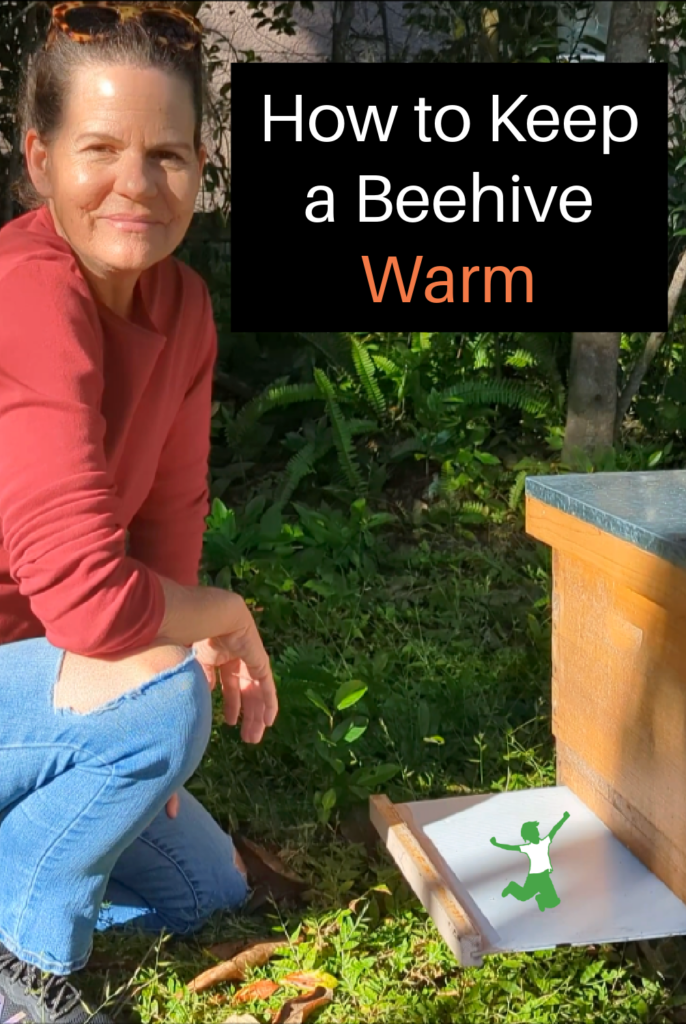As winter approaches, beekeepers must take proactive steps to ensure the health and productivity of their hives. Keeping a beehive warm during cold weather is essential for maintaining a strong colony. Here, we outline effective strategies and considerations to help you protect your bees from the chill.
Understanding the Importance of Hive Warmth
The temperature inside the beehive is crucial for the survival of the bees. Bees maintain a specific temperature to protect their brood and food stores, and lowering that temperature can lead to increased mortality rates. Implementing various methods to retain heat can assist in promoting a healthy environment for your bees.
 Insulating Your Beehive
Insulating Your Beehive
One of the best ways to keep your beehive warm is by adding insulation. This can be done through the following materials:
- High-density foam boards
- Reflective foil insulation
- Natural materials like straw or hay
Make sure to focus on insulating the top and sides, as heat rises and can easily escape through these areas.
Minimizing Ventilation During Winter
While ventilation is crucial for preventing moisture build-up inside the hive, too much can lead to heat loss. Ensure that the hive is ventilated correctly, allowing fresh air but limiting excessive drafts. Consider installing a screened bottom board that can be adjusted based on the temperature.
Managing the Entrance Size
Reducing the entrance size can help maintain the warmth inside the hive. Use entrance reducers to limit the opening, making it easier for the bees to defend against the cold and any intruders.
Providing Adequate Food Stores
Ensure that your bees have enough food to generate the necessary heat during the winter months. Beekeepers should check the honey stores and be prepared to supplement with sugar syrup or fondant if necessary. This helps prevent the bees from clustering and going into starvation mode.
Applying External Heat Sources
In extreme cases, consider using an external heat source, such as a beehive heater. Ensure that any heating method is safe and does not pose a risk of harming the bees. Monitoring the hive’s internal temperature can help in making decisions regarding heating applications.
By following these recommendations, you can help ensure your bees thrive through winter, setting the stage for a strong and productive spring season. Regular monitoring and adjustments based on the weather will greatly enhance the success of your beekeeping endeavors.
sticky board for beehive
 source = www.thehealthyhomeeconomist.com
source = www.thehealthyhomeeconomist.com